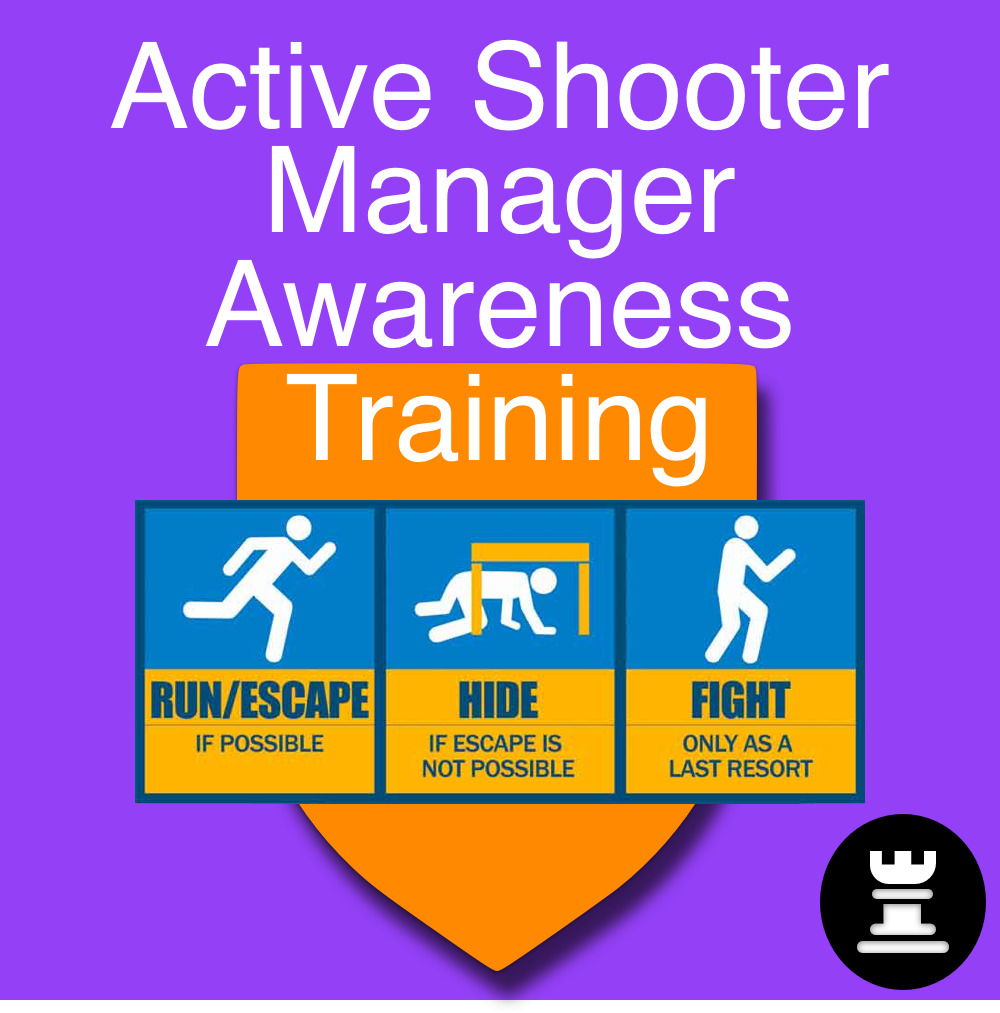Comprehensive Active Shooter Training Programs for Schools and Workplaces
Comprehensive Active Shooter Training Programs for Schools and Workplaces
Blog Article
Exploring the Key Elements and Goals of Reliable Active Shooter Training Programs
Energetic shooter training programs are essential in outfitting people and companies with the necessary abilities to react successfully to possible hazards. As we discover the intricacies of these training programs, it becomes evident that understanding their detailed nature is crucial to boosting security procedures and action abilities.
Relevance of Energetic Shooter Training
Energetic shooter training programs are crucial for enhancing preparedness and reaction in the face of potential threats. These programs aim to gear up individuals, organizations, and communities with the knowledge and abilities essential to effectively react to energetic shooter scenarios. The increasing frequency and seriousness of such events highlight the importance of aggressive procedures, as prompt and educated actions can considerably reduce damage.

Additionally, these programs can aid ease the stress and anxiety and worry that often come with discussions concerning prospective threats. By giving structured advice and useful approaches, people get self-confidence in their ability to respond properly. Inevitably, the importance of active shooter training lies in its potential to save lives, minimize injuries, and grow a ready and resistant area capable of facing unanticipated obstacles.
Trick Parts of Training Programs
Efficient active shooter training programs usually integrate several key parts made to prepare individuals for real-world situations. The first component is thorough education and learning on the nature of active shooter events, including data, instance research studies, and mental factors that affect assailants. This theoretical structure is critical for cultivating understanding and understanding among individuals.
Following, programs typically include training on individual security steps, emphasizing the "Run, Hide, Battle" method. Participants learn just how to analyze their atmosphere, make quick decisions, and take ideal actions during a situation. Additionally, the inclusion of reliable interaction skills is vital, as individuals have to comprehend exactly how to report events and share vital details with legislation enforcement.
Another crucial part is the participation of law enforcement or safety and security experts, who supply understandings into tactical feedbacks and the value of teamwork during a crisis. Programs must address the psychological after-effects of an energetic shooter situation, providing approaches for coping and healing.
Last but not least, recurring training and correspondence course are essential to ensure that understanding stays present and individuals feel great in their capacities. Together, these vital components produce an all-round training program that gears up individuals to respond successfully to an energetic shooter occasion.
Realistic Scenario Simulations
Practical scenario simulations are an important facet of active shooter training programs, giving participants with the possibility to take part in hands-on practice that mirrors potential real-life situations. These simulations enhance the training experience by developing an immersive environment where people can apply academic knowledge in functional settings.
Through making use of role-playing, simulated scenarios, and specialized training facilities, individuals experience the prompt difficulties and stressors related to an energetic shooter incident. This technique of training advertises fast decision-making, teamwork, and the application of security procedures under stress. It allows -responders to create critical abilities such as situational understanding, hazard assessment, and effective emptying treatments.
Moreover, reasonable simulations assist to identify potential weak points in individuals' reactions, allowing trainers to provide targeted feedback and enhance general preparedness. The unification of differing situations, including different areas and attacker profiles, further enhances the training experience, guaranteeing that individuals are well-appointed to handle a series of prospective circumstances.
Eventually, these simulations serve not only to advise however additionally to construct confidence amongst participants, fostering a feeling of preparedness that is necessary for effective emergency situation feedback when faced with an energetic shooter risk. active shooter training.
Interaction Strategies in Training
Clear interaction is vital in active shooter training programs, as it straight influences the efficiency of feedback efforts during a situation. Training individuals should comprehend the methods and YOURURL.com procedures that will assist their activities if confronted with an active shooter circumstance. Developing clear lines of interaction guarantees that all individuals included can pass on information immediately and properly.

In addition, training programs must highlight the significance of active listening - active shooter training. Participants must be educated to analyze and respond to details efficiently, reducing misunderstandings that can cause hazardous scenarios. official site Normal feedback sessions post-training can also refine interaction methods, guaranteeing that all individuals feel empowered to share their experiences and pointers for enhancement. Ultimately, reliable communication strategies are necessary for preparing individuals to react decisively and cohesively despite an active shooter incident.
Emotional Preparedness Strategies
Psychological preparedness strategies are significantly acknowledged as vital components of active shooter training programs. These strategies intend to gear up individuals with the psychological durability required to react efficiently in high-stress circumstances. By cultivating a state of mind in harmony with possible dangers, participants can much better handle fear, anxiousness, and confusion during essential occurrences.
Key emotional readiness approaches include scenario-based training and tension shot exercises. Scenario-based training immerses individuals in realistic simulations that simulate the mayhem of an energetic shooter event, permitting them to practice decision-making under stress. This exposure aids develop experience with emergency situation methods, boosting natural feedbacks.
Stress inoculation involves gradual exposure to stress-inducing situations, allowing people to establish coping devices. This can include breathing workouts, visualization methods, and cognitive restructuring to go to the website reframe unfavorable ideas. By integrating these methods, training programs can cultivate a sense of self-confidence and control, which is essential in situation circumstances.
In addition, post-incident psychological support is critical to deal with the psychological results of an energetic shooter event. Incorporating mental wellness sources into training programs not only prepares people for prompt actions however also advertises long-lasting emotional health, ultimately adding to a safer and a lot more durable environment.
Conclusion

Report this page